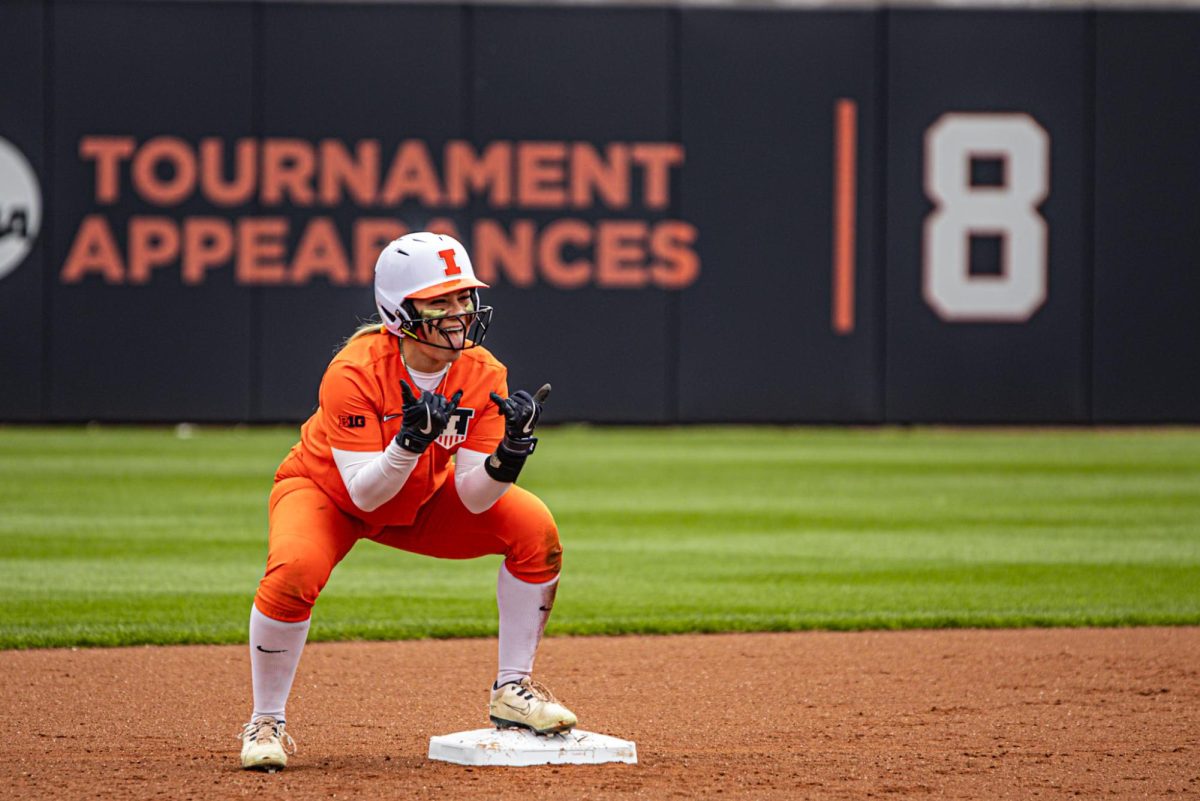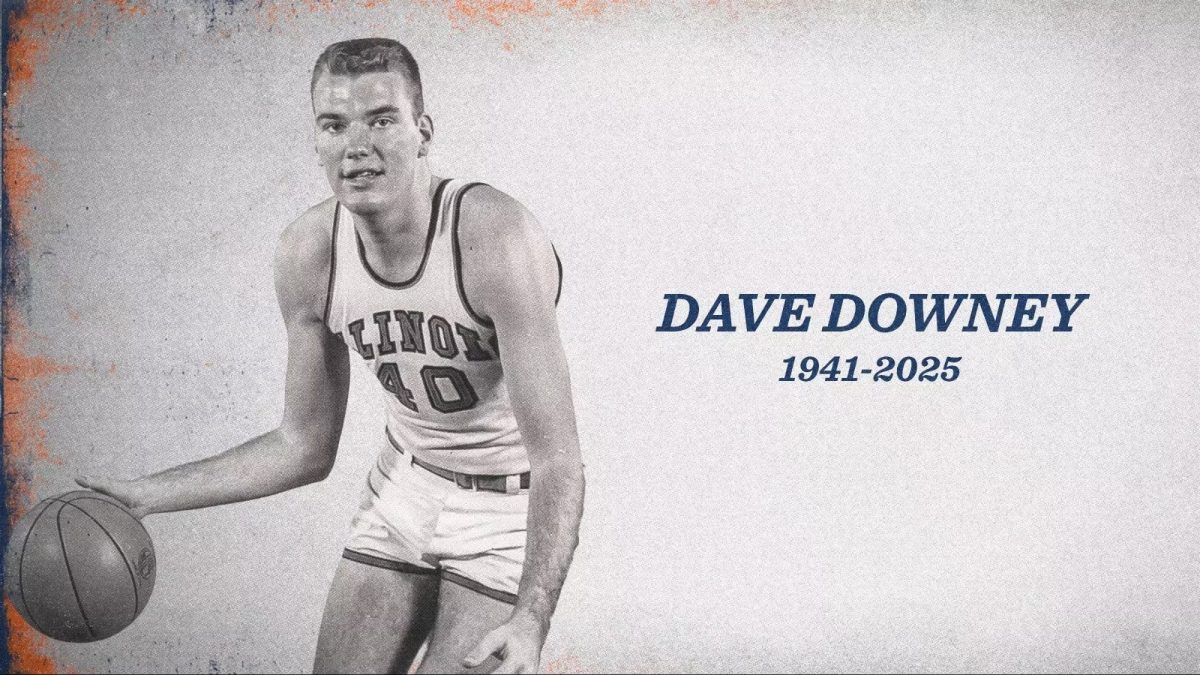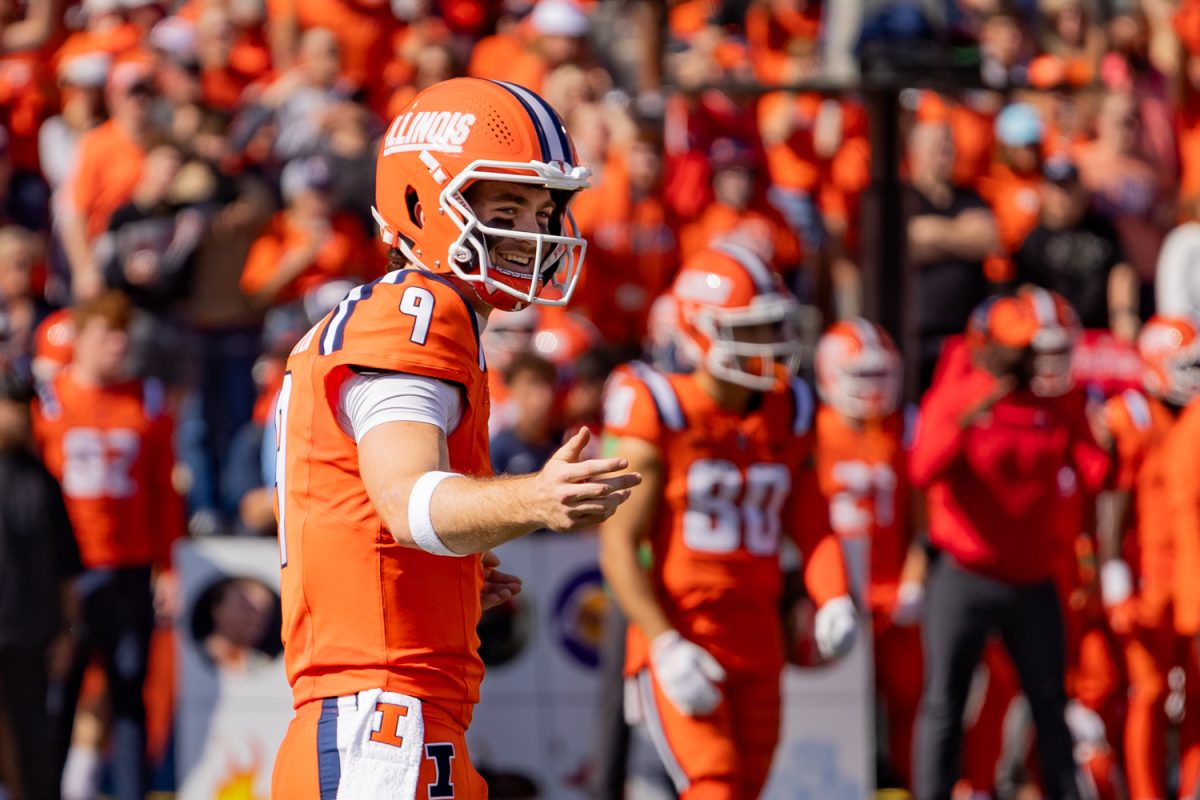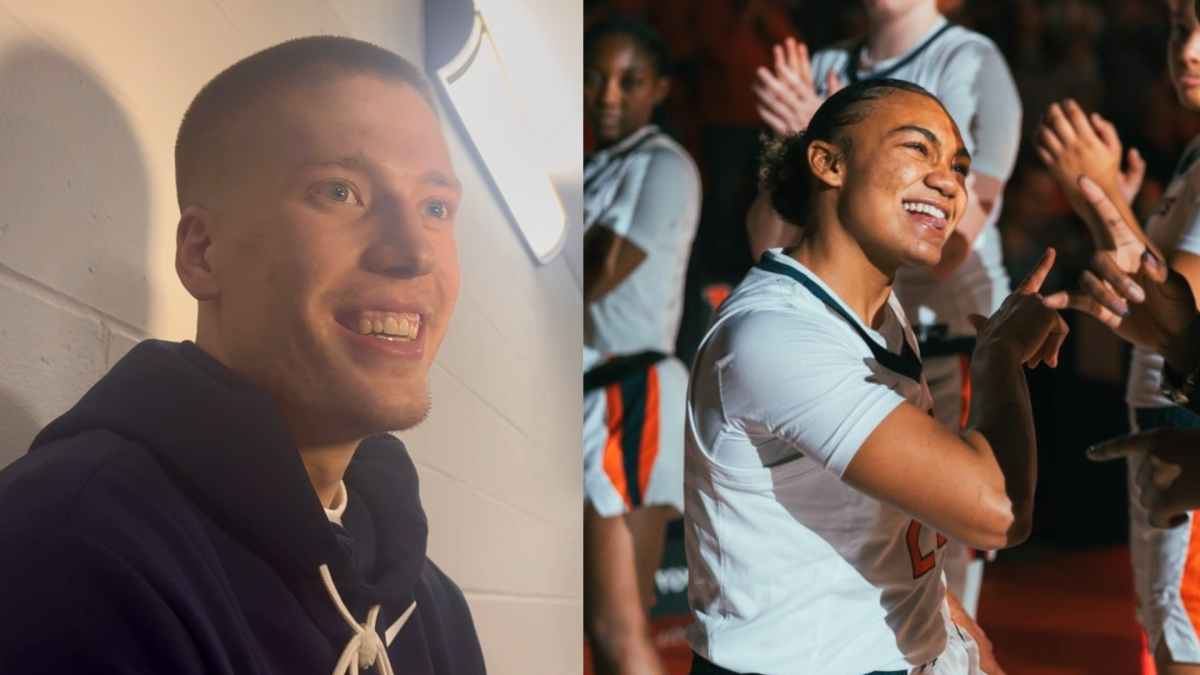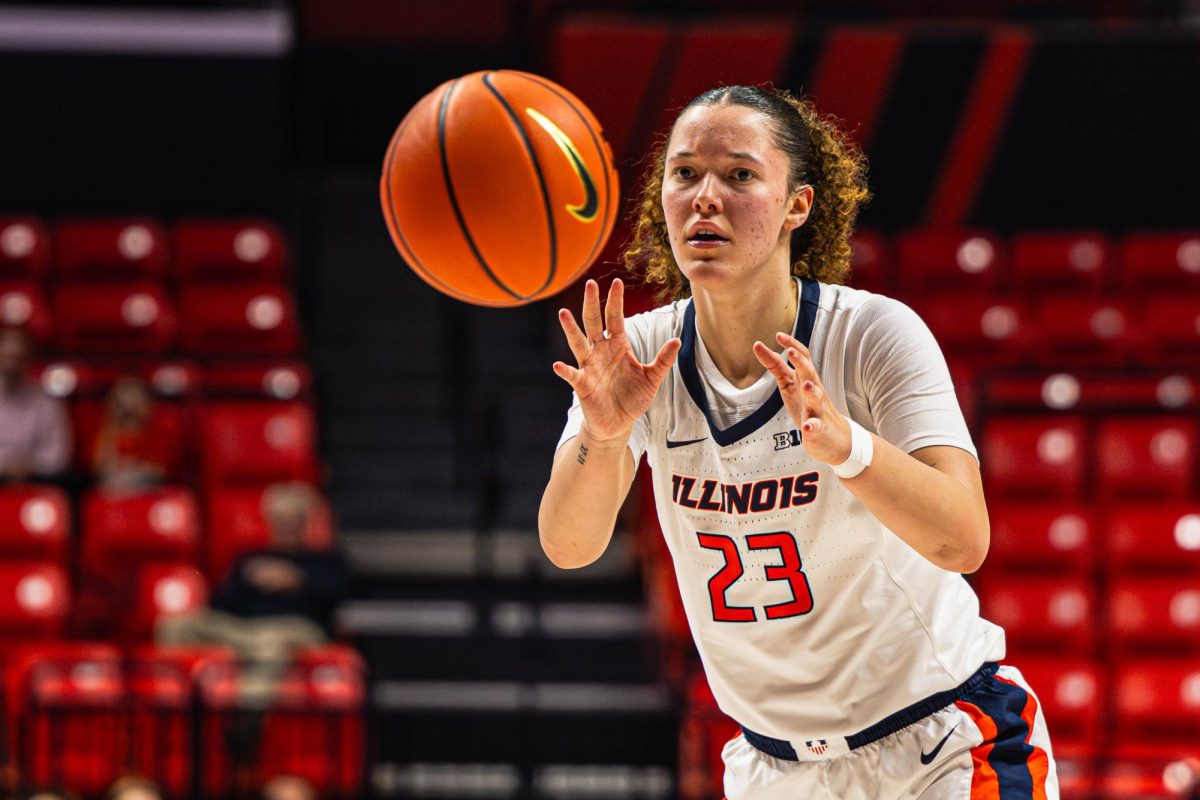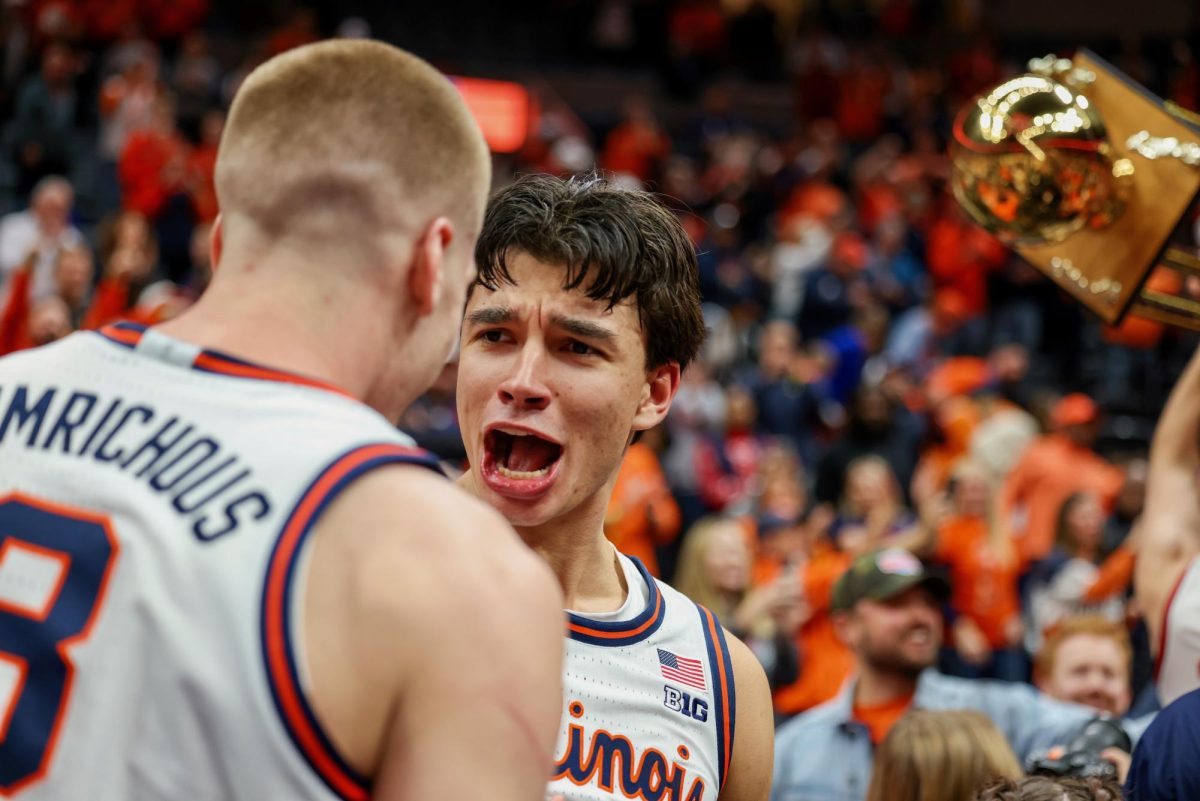On Oct. 9, the NCAA approved eliminating the national letter of intent. The program was established in 1964, serving as a binding agreement between prospective athletes and colleges for 60 years. You could not switch your college commitment without extreme punishment if you signed a national letter of intent between 1964 and 2024.
Over 600 NLI member schools across NCAA’s Division I and II exist. Backing out of an NLI agreement meant a player was barred from competing for another NLI member school for over a year.
The suspension could be avoided by attending one of the few non-NLI member schools or getting permission to leave. Athletes denied release by their schools could also petition the NLI Policy and Review Committee.
A year ago, the Collegiate Commissioners Association approved policy changes that made it much easier for students to back out of NLI agreements. The change amplified the transfer portal madness that has become common in recent years. One year later, the Conference Commissioners Association recommended the NCAA move away from the NLI program altogether.
The new system will see written offers of athletics aid replace the national letter of intent. The NCAA also said they will use the same formula for determining significant recruiting dates and that other schools will be prohibited from recruiting communications after a prospect signs a written offer of athletics aid.
Get The Daily Illini in your inbox!
Conor (Throw Away): Why mess with something that was working? The NCAA had everything nailed down. You commit to a school, you sign a national letter of intent and you are required to be there for at least one year.
The downfall started last year when release request requirements became more lenient, but doing away with the process as a whole is ridiculous. The transfer portal and NIL are becoming stronger year after year, and at this point, recruiting has been replaced by a contract. Although money has definitely played into recruiting in the past, even before NIL, it’s a shame to see the final step of recruiting replaced by straight-up financial agreements.
I also really looked forward to signing day in high school. It was pretty cool to see everyone gathered in the gym to watch this round of students commit to playing at the next level.
It’s not like everyone was flying off to top programs in the Big Ten and SEC, but signing day was a chance to celebrate their hard work. I am sure schools will figure out a way to have a similar event, but signing off on “offers of athletics aid” is a million times more lame than a national letter of intent.
Ben (Throw away): I don’t understand this move too much. It was one of the few solidified things in college athletics. You can already transfer multiple times. Not to mention, NLI seemed like the one professional aspect of the sport; you sign a contract and are pledged to it.
Some people might think that’s the exact reason to get rid of it: keeping the amateur status in collegiate athletics and promoting more free choice.
I have a rebuttal.
It feels like college sports get closer to professional by the week, with NIL/mega TV deals, roster fluctuations and multi-million dollar coaches coming in to save programs. If that’s where we’re headed, wouldn’t locking in a pledge to a school make sense?
More than anything, the chaos of the NCAA is what makes me uncomfortable, and they continue to keep everyone on their toes.
Tess (Keep): At first glance, I was originally indifferent to the news of the NLI’s elimination. After conducting deeper dives, I feel this new approach has more benefits than disadvantages, particularly for the student-athletes.
Until recently, student-athletes had little leeway with their commitments after they signed with a school. Eliminating the NLI allows for more flexibility and doesn’t tie a student down to a university for a full year as it did before.
Also, people need to stop fretting about “National Signing Day” going away because that’s just not the case. There will still be binding agreements that students have to sign, but it won’t be under the guise of the standard hype there usually is with signing days.
This new decision gives athletes more freedom to negotiate scholarships and scouting opportunities. While it’s not guaranteed, this could potentially give student-athletes more of a reason to stay loyal to the university they choose to attend.
It feels rare that athletes stay all four years with one collegiate institution, so perhaps this new change will allow for more comfort in one’s original decisions.
Sahil (Throw Away): What is the NCAA doing? Getting rid of the NLI will only add to the madness that it and the increase in transfer portal usage have created.
Recruiting players will become a lot harder now because players will not have a one-year commitment to a school once they sign their NLI. They can now back out of the agreement with no extreme consequences and choose another school, despite no “official” recruiting conversations being allowed after signing a new written offer of athletics aid.
It’s just another factor, along with the craziness of the pay-for-play situation, that will hurt a coach’s ability to know who is on their roster and what they have to work with.
Nobody was complaining about the NLI system, so I see no reason why it should have changed. If it isn’t broken, don’t fix it.



